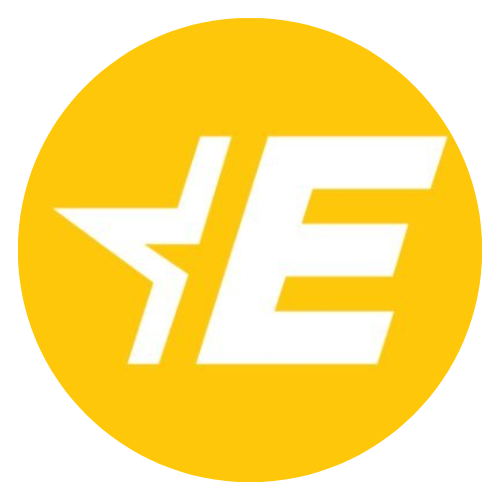Across the European Union, migrant children still face significant obstacles when it comes to accessing quality early childhood education and care (ECEC). Yet studies show that this early stage of learning is exactly where investments can have the biggest payoff – not just for children, but for society as a whole.
Barriers to access: why many migrant children are left behind
Migrant families across the EU face a number of hurdles that limit their access to early education. According to the OECD’s 2025 report “Reducing Inequality through Investment in Early Childhood Education and Care”, both personal and institutional factors shape whether or not migrant children can attend preschool or daycare.
There are some direct barriers – not enough available spots in kindergartens, financial difficulties, or staff shortages in local areas. But indirect barriers can be just as limiting: complicated administrative procedures, lack of clear information about available services, or low levels of trust in education institutions.
In some communities, cultural and language norms may also discourage parents from using ECEC services or limit their understanding of how important early education is for their child’s development.
Investing early, saving later
From a public policy perspective, low enrolment of migrant children in early education can lead to major long-term costs. As the OECD notes, lack of access at an early stage often leads to a higher need for costly catch-up education and more extensive social support later in life.
But there are simple, targeted actions that can help prevent this – like helping parents with the registration process, providing multilingual materials, or strengthening the presence of institutions in local communities.
Finland offers a great example. Research shows that integrating migrant children through play and early language learning not only improves their school readiness, but also encourages parents to become more involved in their local education systems. ECEC, then, becomes the first step toward true social inclusion.
Teachers and carers need better support
For integration policies to work, it’s not enough to just focus on children – the adults who care for and teach them need support, too. A 2023 report by NESET (Network of Experts on the Social Dimension of Education and Training), prepared for the European Commission, highlights the key role of teachers and caregivers in successful early integration.
This means equipping them not only with solid pedagogical skills, but also with intercultural understanding, multilingual communication strategies, and tools for working with families from different social backgrounds. Unfortunately, in many EU countries, staff in early childhood education lack adequate training opportunities or teaching materials tailored to diverse settings.
Tools and good practices: what the EU is doing
As part of its 2021–2027 Action Plan on Integration and Inclusion, the European Commission published a Toolkit for Inclusive Early Childhood Education and Care. This resource provides concrete guidance and good practices, adapted to local contexts, and covers the needs of all migrant children – including those with additional support requirements.
The toolkit is not only practical for institutions but also aims to harmonise standards across the EU. Meanwhile, across member states, grassroots initiatives show how flexibility and community involvement can lead to real impact.
In Germany, the Stadtteilmütter (Neighbourhood Mothers) project trains migrant women to work in their own communities, helping other families navigate the process of enrolling their children in education. The programme has reached 15 language groups and carried out over 15,000 home visits.
Since 2004, Berlin has run the Bridging Diversity teaching programme, which helps educators foster inclusion and respect for diversity in everyday classroom life. This approach strengthens peer relationships and tackles exclusion from an early age.
In Denmark, the Kringlebakken project – largely funded by the City of Copenhagen – provides a playful and educational space for children under 3 and their mothers, helping them transition smoothly into the formal preschool system.
In France, ANVITA – a network of 76 municipalities and regions – works to promote “welcoming policies” and has formed a working group focused on education. One of its goals is to increase access to compulsory early education for migrant children.
Finally, Finland’s Turun Valkonauha Centre offers comprehensive support for migrant families, combining education with health and social care. With the help of professional therapists, this holistic approach is helping more children participate in early childhood education and care – building a foundation for long-term integration and well-being.
Conclusion: inclusion starts early
Whether it’s language skills, social bonding, or parental involvement, the benefits of early childhood education are clear – especially for migrant families. If the EU wants to build stronger, more cohesive communities, the path starts not in high schools or job markets, but much earlier – in classrooms filled with blocks, picture books, and curious little learners.
Written by
Shape the conversation
Do you have anything to add to this story? Any ideas for interviews or angles we should explore? Let us know if you’d like to write a follow-up, a counterpoint, or share a similar story.
